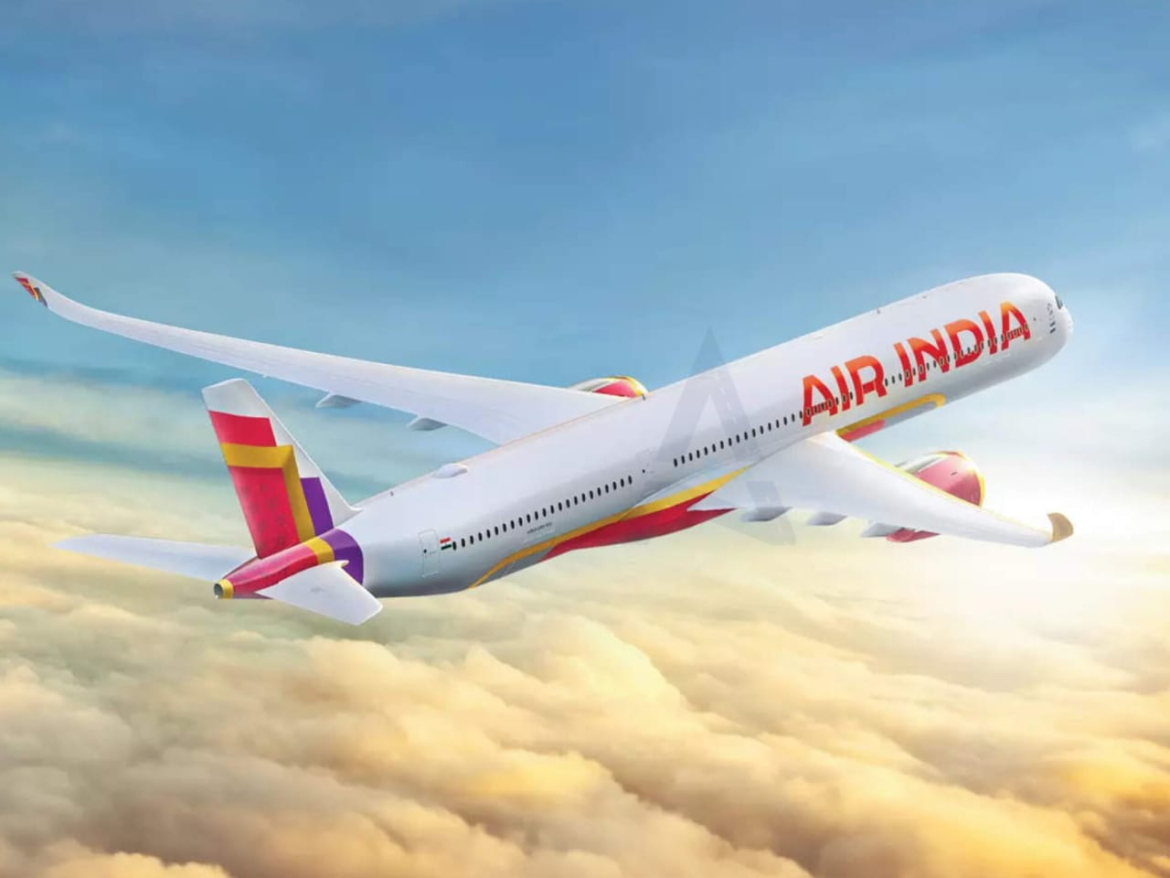In a strategic move set to reshape Indian aviation, Tata Sons has announced the merger of Air India and Vistara, marking a significant milestone in their plan to streamline airline operations. This merger is part of Tata’s broader vision to consolidate its four airlines into two, aiming to enhance operational efficiency and market competitiveness.
The decision comes after Tata Sons reacquired Air India from the government in 2021, inheriting a legacy carrier with a rich history but also substantial challenges. By merging Air India with Vistara, which Tata co-owns with Singapore Airlines, the conglomerate seeks to create a more robust and competitive entity in the aviation sector. This merger is expected to combine Air India’s extensive domestic and international network with Vistara’s reputation for superior service, potentially offering a more cohesive and compelling product to consumers.
Tata Sons’ strategic intent behind this consolidation extends beyond merely combining routes and fleets. The merger aims to leverage synergies in operations, maintenance, and customer service, reducing redundancies and streamlining processes. This is crucial for improving profitability and achieving economies of scale in a highly competitive market. Additionally, the integration is anticipated to enhance the passenger experience by merging the strengths of both airlines: Air India’s global reach and Vistara’s premium service.
The merger also signifies a step forward in Tata’s long-term strategy of becoming a dominant player in the aviation industry. By reducing the number of airlines under its control, Tata can focus on creating stronger brands with distinct market positions. The combined entity of Air India and Vistara will likely aim to capture a larger share of both the domestic and international markets, competing more effectively against other major airlines.
While the merger promises numerous benefits, it also presents several challenges. Integrating the operations, cultures, and workforces of two distinct airlines requires meticulous planning and execution. Ensuring a smooth transition will be critical to maintaining service quality and operational efficiency during the integration process. Moreover, aligning the strategic goals and corporate cultures of Air India and Vistara will be essential for the success of the merged entity.
In the broader context of Indian aviation, the Tata Sons’ consolidation move is a significant development. It reflects a growing trend towards consolidation in the industry, driven by the need for more sustainable operations and improved financial health. As the aviation sector recovers from the impact of the COVID-19 pandemic, such strategic mergers could play a pivotal role in shaping its future dynamics.
In conclusion, the merger of Air India and Vistara by Tata Sons represents a bold and necessary step towards the consolidation of its airline assets. This move not only aims to enhance operational efficiency and market competitiveness but also positions Tata as a formidable force in the Indian aviation industry. With careful planning and execution, the merged entity has the potential to set new benchmarks in service quality and operational excellence, ultimately benefiting passengers and stakeholders alike.

